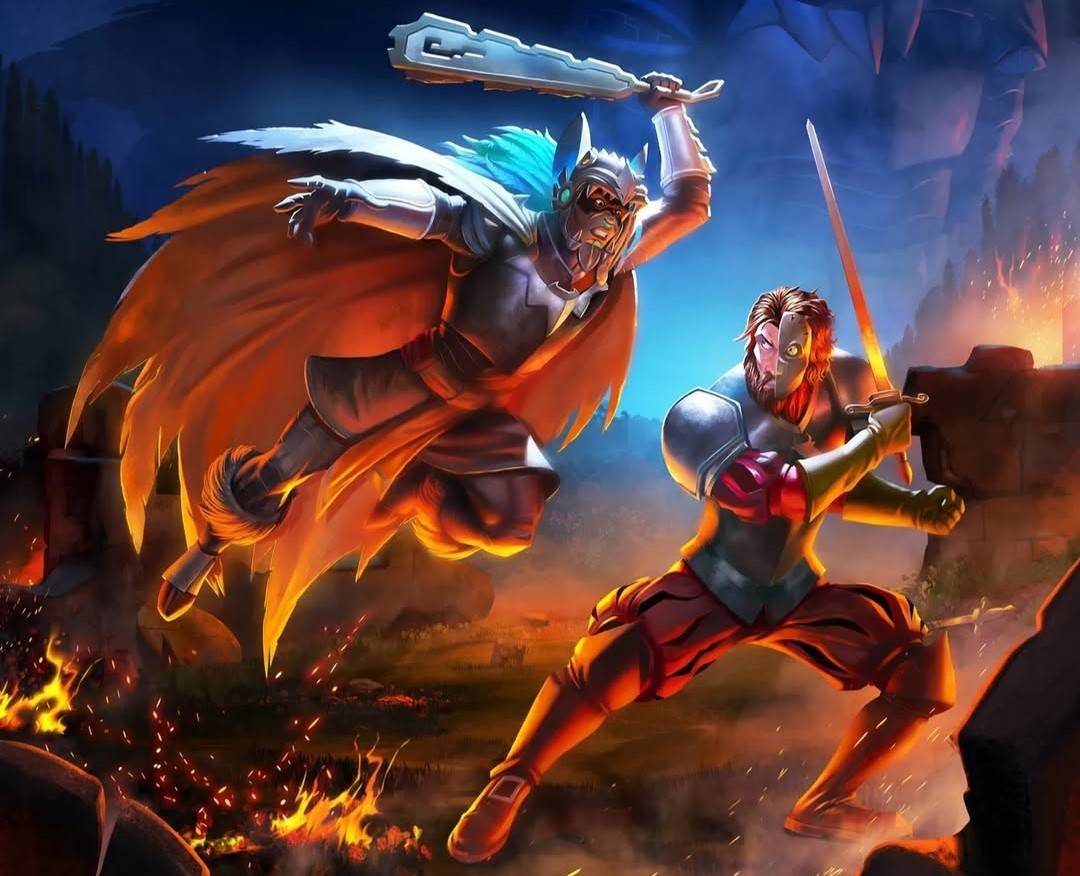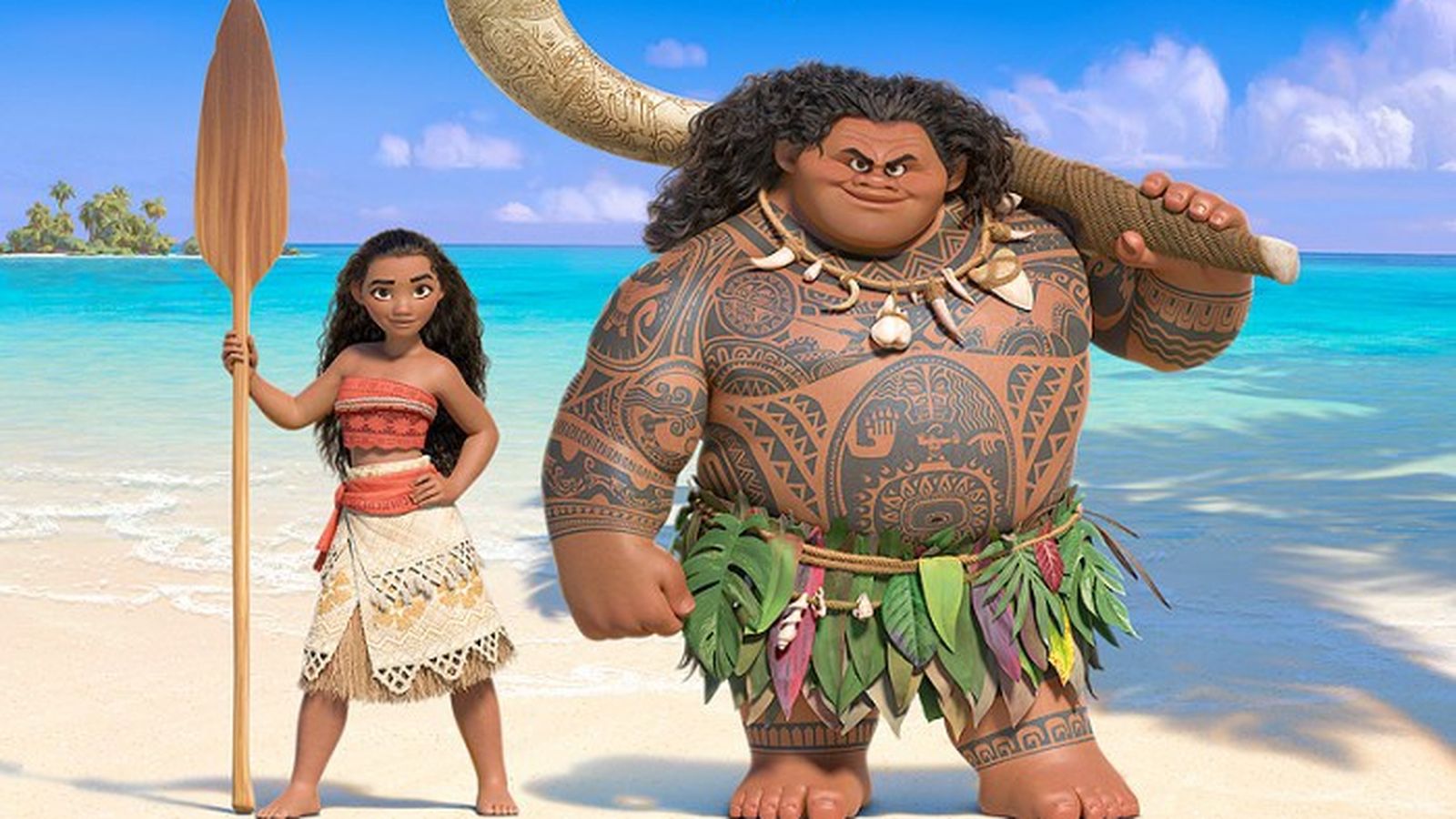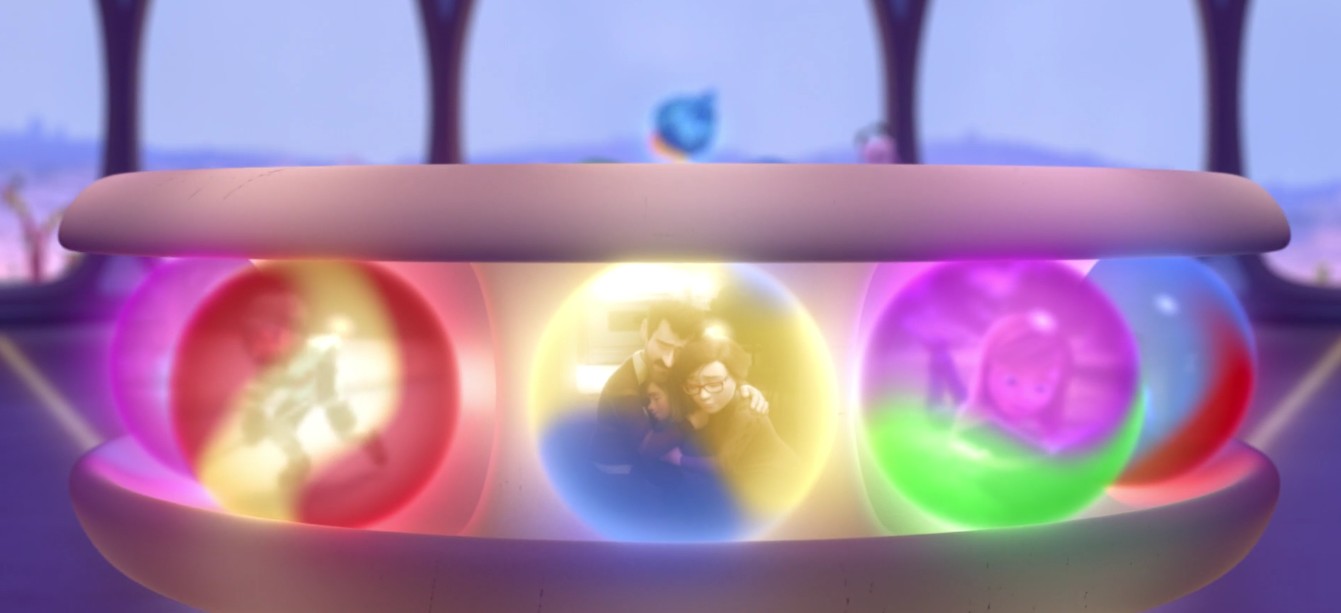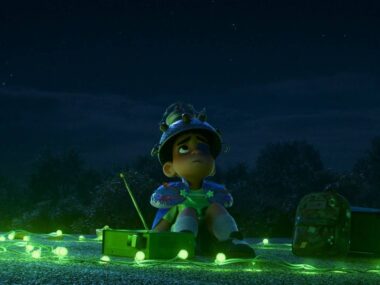When DC drops a new Batman film, you expect darkness, justice, and maybe a brooding rooftop stare or two. What you don’t usually expect? A story set during the Spanish conquest of the Aztec Empire, featuring Cortés as Two-Face, the Joker as a possessed priest, and Bruce Wayne reimagined as an Indigenous vigilante named Yohualli Coatl.
Welcome to Aztec Batman: Clash of Empires, where the cape isn’t just for crimefighting, it’s a cultural weapon.
A Radical Reinvention of the Bat
Set for release in September 2025, Aztec Batman is a complete cultural reimagining. In this version, Yohualli Coatl’s father is murdered by Spanish conquistadors, pushing the young Aztec into the path of vengeance. He dons a bat-inspired mask after encountering the deity Camazotz, and sets out to defend his people from colonization.
The project is led by Mexican director Juan José Meza-León and voiced by Mexican actor Horacio García Rojas, with cultural consultants on board to help ground the story in authentic Aztec mythology. It’s being co-produced by Warner Bros., DC Studios, and Mexican animation company Ánima.
What Happens When Cortés Becomes Two-Face?
As expected, not everyone’s thrilled. While some viewers are excited by the bold storytelling and representation, critics, especially in Spain, are accusing the film of being “Hispanophobic.”
The most common complaint is how the movie presents Hernán Cortés and the Spanish conquistadors as flat, villainous caricatures. Cortés appears as a Two-Face-like antagonist, scarred literally and symbolically to represent the face of colonization. The Joker has been reimagined as a deranged priest named Yoka. Acatzin steps into Alfred’s archetypal role.
Critics argue that these characterizations lean heavily into the “Black Legend,” a centuries-old narrative that paints Spanish colonizers as exceptionally cruel. They claim the film flattens a complicated, multi-faction conflict into a simplistic battle of good versus evil.
Look, they’re not entirely wrong to worry about nuance. The conquest of the Aztec Empire wasn’t a two-sided war. It involved shifting alliances, internal Aztec politics, and Indigenous groups who sided with the Spanish to overthrow Moctezuma’s regime. Erasing that complexity does risk turning history into mythology and not always in a productive way.
But Isn’t That What Superheroes Do?
Supporters of the film, especially in Mexico and Latin America, are pushing back hard. Their argument is that this isn’t a documentary. It’s a superhero film and superhero stories thrive on archetypes, not academic footnotes.
Just as Gotham reflects America’s urban decay, Aztec Batman reflects Mexico’s postcolonial wounds. In this reading, Batman isn’t just a crimefighter. He’s a symbol of reclaiming narrative power. For communities who’ve seen their stories filtered through European eyes, there’s something radical about centering an Indigenous hero with his own gods, history, and rage.
Besides, comic book villains have always been exaggerated. Nazis, corrupt CEOs, aliens, why should colonizers be exempt from that same narrative treatment?
Who Gets to Tell the Story?
At the core of this debate is a question of who gets to mythologize history. Spain’s defenders argue that portraying Cortés as a literal supervillain fuels division and distorts shared heritage. Meanwhile, Latin American creators argue that Aztec Batman offers a chance to explore old traumas through new frameworks.
There’s also a generational divide. Younger audiences are more open to revisionist storytelling and unapologetically anti-colonial narratives. Older viewers, especially those more invested in national identities, tend to see these retellings as attacks rather than reinterpretations.
In a media landscape where cultural representation has become a battleground, Aztec Batman is caught in the crossfire.
Should You Be Worried About a Woke Batman?
Not unless you’ve got a problem with stories doing what they’ve always done: reflect the anxieties of the present through the myths of the past.
Yes, the film leans heavily into metaphor. Yes, the conquistadors are portrayed as villains, but so was the Penguin, and no one accused The Batman of being anti-aristocrat.
At its best, Aztec Batman: Clash of Empires is trying to do something rare. Blend pop culture with Indigenous identity, mythological depth, and political bite. Whether it succeeds will depend on how well it balances that symbolism with storytelling substance.
The fact we’re even having this conversation is a sign that superhero media is evolving. It’s no longer just about good guys versus bad guys. It’s about power, perspective, and who gets to wear the mask.






